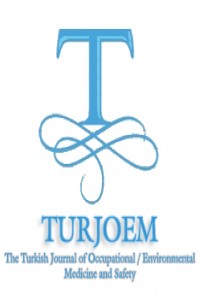Öz
Thalassemia is
hereditary blood disease passed from parents to children through the genes.
Unbalanced globin chain synthesis is the major cause of low level hemoglobin
production leading to anemia. Main cause of the beta thalassemias is defective
β-globin synthesis, which leads to imbalanced globin chain production and an
excess of α-chains.
The accumulation
of iron in the tissues of thalassemi patients there are two main reasons. The
first; Performed blood transfusions on a regular basis due to ineffective
erythropoiesis, is triggered as a consequence of intestinal iron absorption.
The treatment administered to patients with thalassemia every 2-4 weeks 1-3
unit red cell transfusion is done on a regular basis. Another source of iron is
free iron ions in the blood Which are transfer from donor to the patient.
Approximately 15-20 mg per day accumulates iron in the tissues as a result of
transfusion. The second; the iron passes free statu after destruction of
hemoglobin.
The main reason
of iron toxicity redox reactions is catalyzed. Normal cellular reactions that
occur result of reactive oxygen intermediates, superoxide (O2) and hydrogen
peroxide (H2O2) is oxidative stress in the body, if not removed from the body.
Oxygen intermediates can be converted into oxygen radicals which arise cellular
injury with iron-dependent Fenton reaction.
"In this study, thalassemia patients referred to increased toxicity
of iron in the blood as a result of blood transfusions.
This study was supported by the Scientific
and Technical Research Council of Turkey (TUBITAK), SBAG-114S312 Research Fund.
Anahtar Kelimeler
Kaynakça
- Fatih ÖZTÜRK, Zeliha KAYAALTI
- Ankara University, Institute of Forensic Sciences, Ankara, Türkiye
Öz
Kaynakça
- Fatih ÖZTÜRK, Zeliha KAYAALTI
- Ankara University, Institute of Forensic Sciences, Ankara, Türkiye
Ayrıntılar
| Bölüm | Articles |
|---|---|
| Yazarlar | |
| Yayımlanma Tarihi | 16 Şubat 2017 |
| Yayımlandığı Sayı | Yıl 2017 Cilt: Volume 2 Sayı: İssue 1 (1) - 2.İnternational Congress Of Forensic Toxicology |


